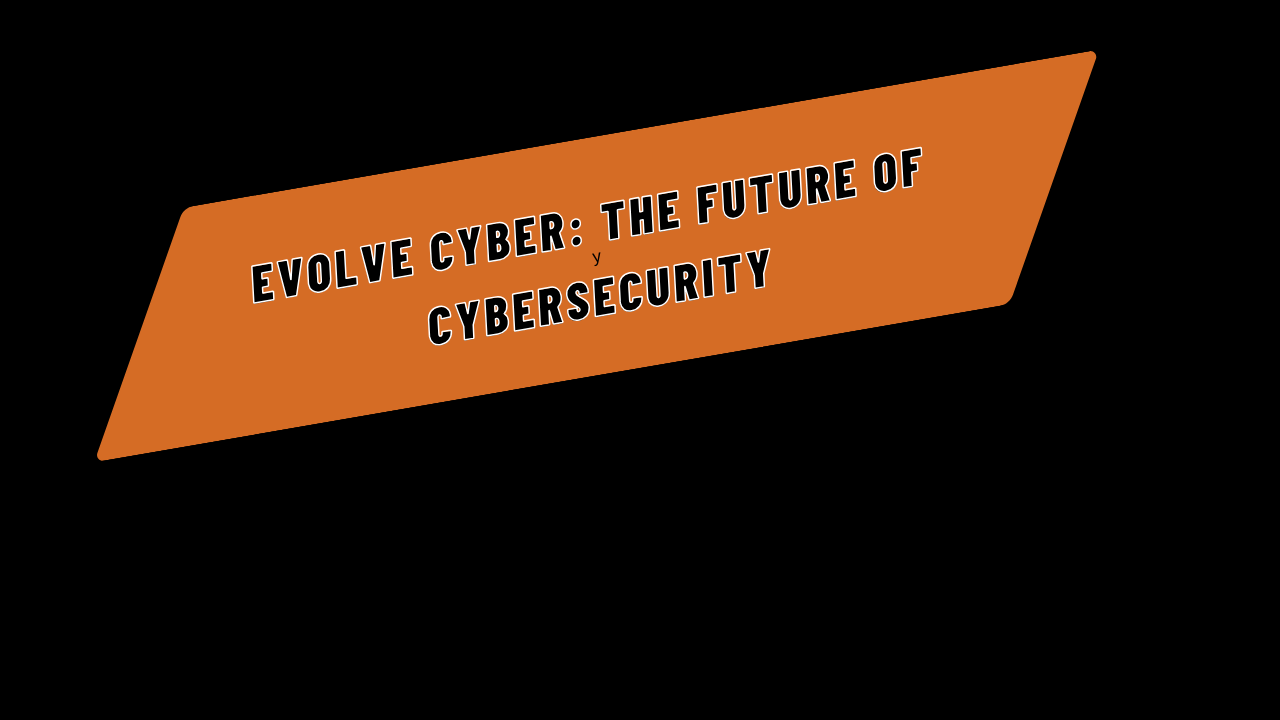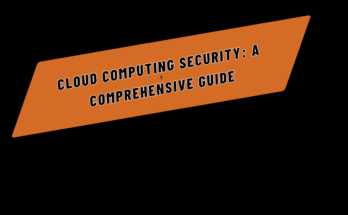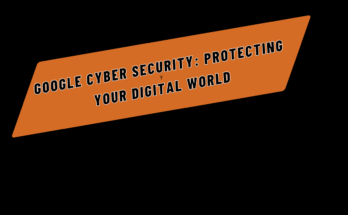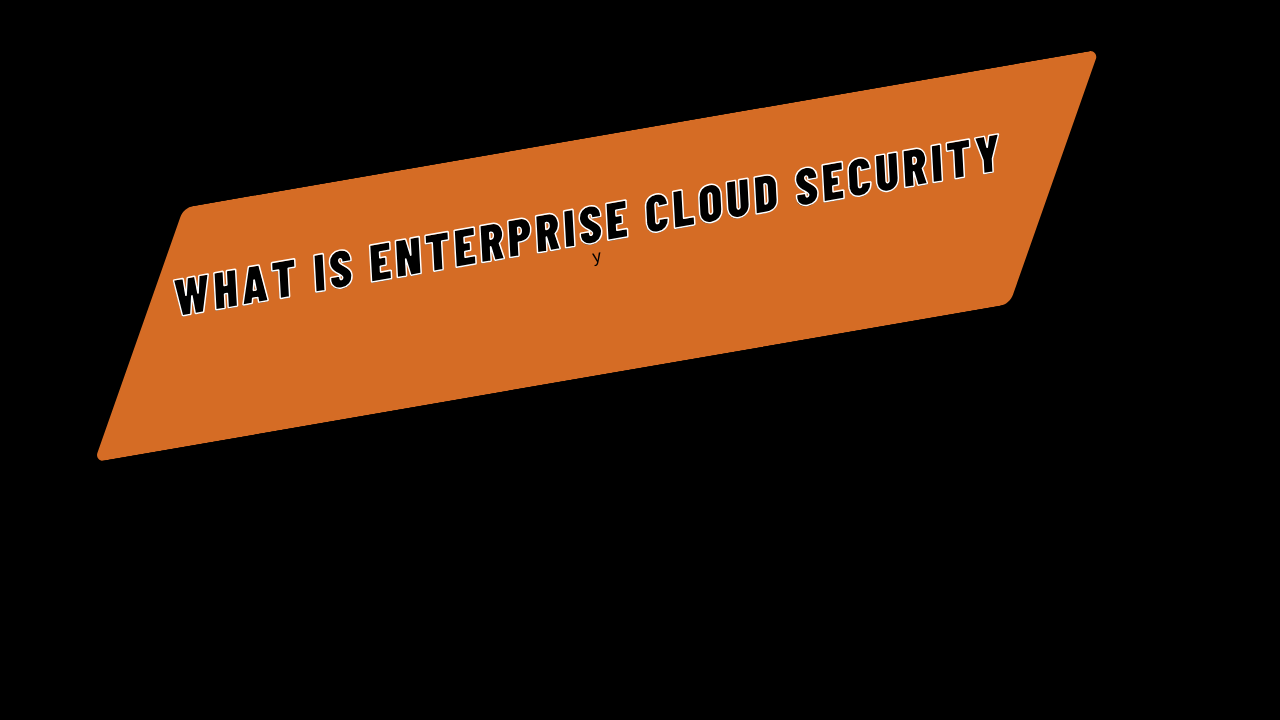Introduction
In an increasingly digital world, the evolution of cybersecurity is not just important; it’s essential. Cyber threats are growing in complexity and scale, making traditional methods less effective. Enter Evolve Cyber, the next generation of cybersecurity designed to combat these sophisticated threats. This article explores the various facets of Evolve Cyber, providing insights into its types, symptoms, causes, diagnostic tools, treatments, preventive measures, and real-life implications.
Types and Categories
Traditional Cybersecurity
Traditional cybersecurity methods, including firewalls, antivirus software, and intrusion detection systems, have long been the cornerstone of digital defense. These tools are designed to identify and block known threats, providing a basic level of protection.
Next-Gen Cybersecurity
Next-gen cybersecurity leverages advanced technologies such as artificial intelligence (AI) and machine learning (ML) to detect and respond to threats in real-time. These systems are capable of learning from past incidents and predicting future attacks, offering a dynamic and proactive defense mechanism.
Hybrid Approaches
Hybrid approaches combine the strengths of traditional and next-gen methods. By integrating conventional tools with AI-driven technologies, organizations can create a multi-layered defense system that addresses both known and unknown threats.
Symptoms and Signs
Common Threats
Phishing, malware, and ransomware are some of the most common cyber threats today. Phishing involves tricking individuals into providing sensitive information, while malware and ransomware infect systems, causing significant damage and demanding payment for data release.
Advanced Threats
Advanced threats such as zero-day exploits and Advanced Persistent Threats (APTs) are more sophisticated. Zero-day exploits take advantage of undiscovered vulnerabilities, and APTs involve prolonged and targeted attacks often orchestrated by well-funded entities.
Detection Indicators
Recognizing signs of a breach early can mitigate damage. Unusual network activity, unexpected software behavior, and unauthorized access attempts are common indicators of a cyber intrusion.
Causes and Risk Factors
Biological Factors
Human error is a significant risk factor in cybersecurity. Employees may inadvertently click on malicious links or download harmful attachments, leading to breaches. Insider threats, whether intentional or accidental, also pose a substantial risk.
Environmental Factors
External attacks from hackers, cybercriminals, and nation-states are persistent threats. Natural disasters can also disrupt IT infrastructure, leading to security vulnerabilities.
Lifestyle Factors
Outdated systems, lack of regular updates, and poor security practices increase vulnerability to cyber-attacks. Organizations that fail to prioritize cybersecurity education and best practices are at higher risk.
Diagnosis and Tests
Vulnerability Assessments
Vulnerability assessments involve identifying and evaluating security weaknesses in a system. These assessments help organizations understand their security posture and prioritize remediation efforts.
Penetration Testing
Penetration testing, or ethical hacking, involves simulating cyber-attacks to test the effectiveness of security measures. This proactive approach helps uncover vulnerabilities before malicious actors can exploit them.
Security Audits
Security audits provide a comprehensive review of an organization’s security policies, procedures, and controls. Audits help ensure compliance with industry standards and identify areas for improvement.
Treatment Options
Medical Treatments
Antivirus and anti-malware software are the first line of defense in treating cyber threats. These tools detect, quarantine, and remove malicious software from systems.
Therapies
Regular security patches and updates are essential to protect against known vulnerabilities. Staying up-to-date with the latest security fixes helps mitigate the risk of exploitation.
Lifestyle Adjustments
Implementing best practices, such as using strong passwords, enabling multi-factor authentication, and conducting regular security training, significantly enhances cybersecurity.
Preventive Measures
Tips and Strategies
Proactive steps, such as conducting regular security assessments, maintaining backups, and monitoring network activity, are crucial for preventing cyber-attacks.
Technological Tools
Firewalls, encryption, and multi-factor authentication are vital tools in a robust cybersecurity strategy. These technologies help protect data and prevent unauthorized access.
Educational Initiatives
Raising awareness about cybersecurity threats and training employees on safe practices are key components of a preventive strategy. Education helps reduce human error and enhances overall security.
Personal Stories or Case Studies
Real-Life Implications
Real-life stories of cyber-attacks highlight the devastating impact these incidents can have on individuals and organizations. From financial losses to reputational damage, the consequences are far-reaching.
Lessons Learned
Analyzing case studies and learning from past incidents provide valuable insights. Understanding what went wrong and how organizations recovered can help prevent similar occurrences in the future.



